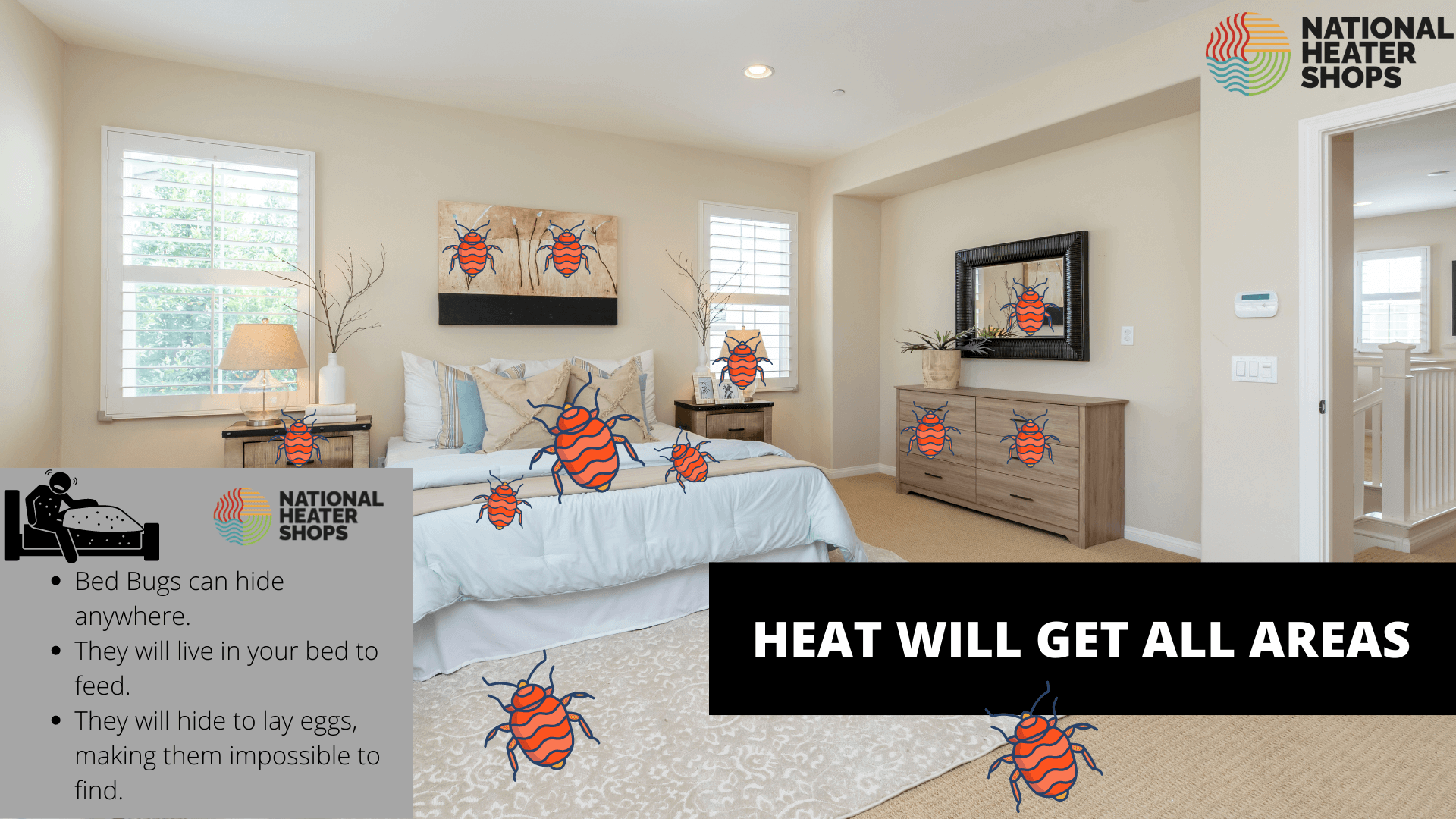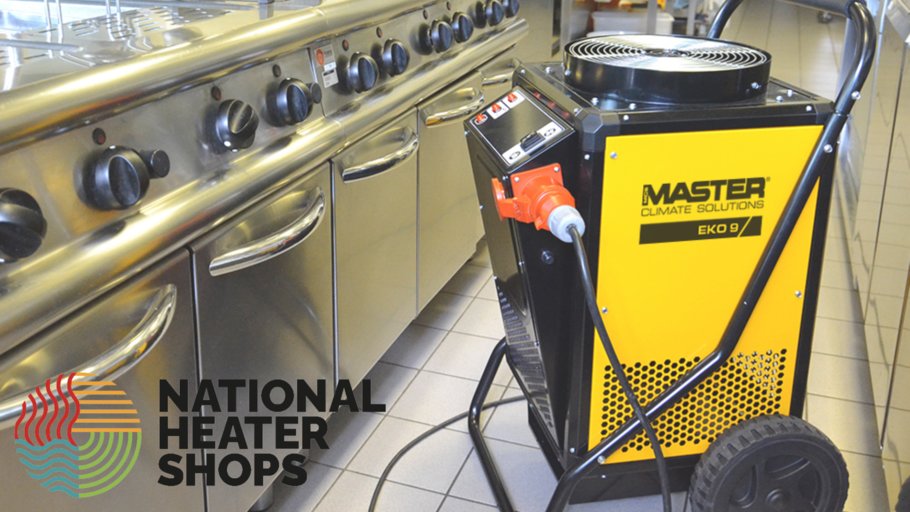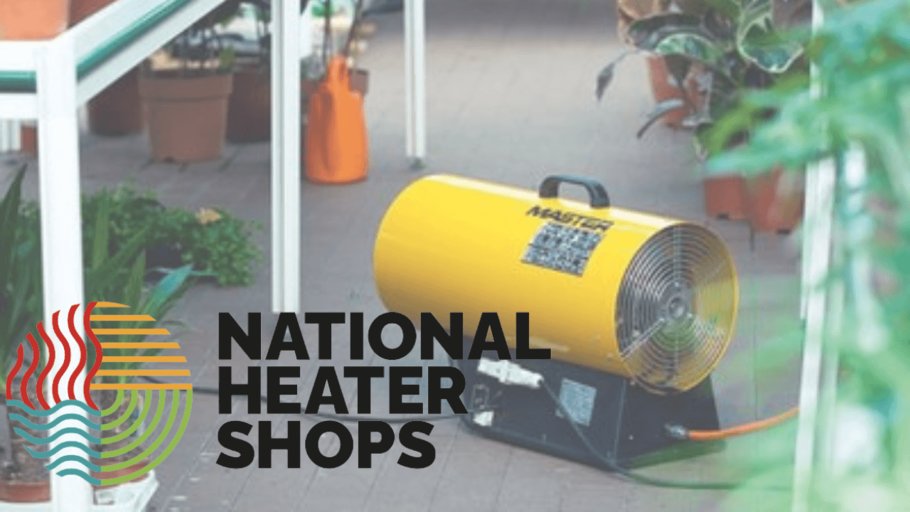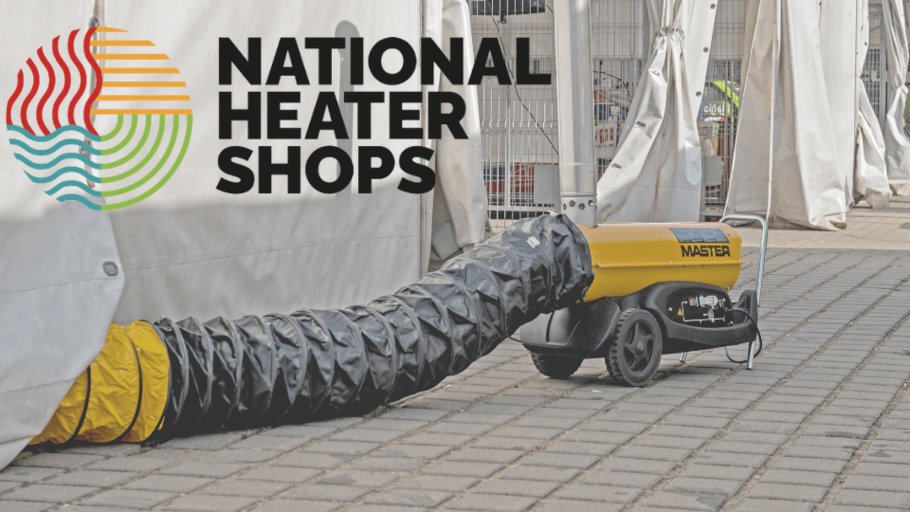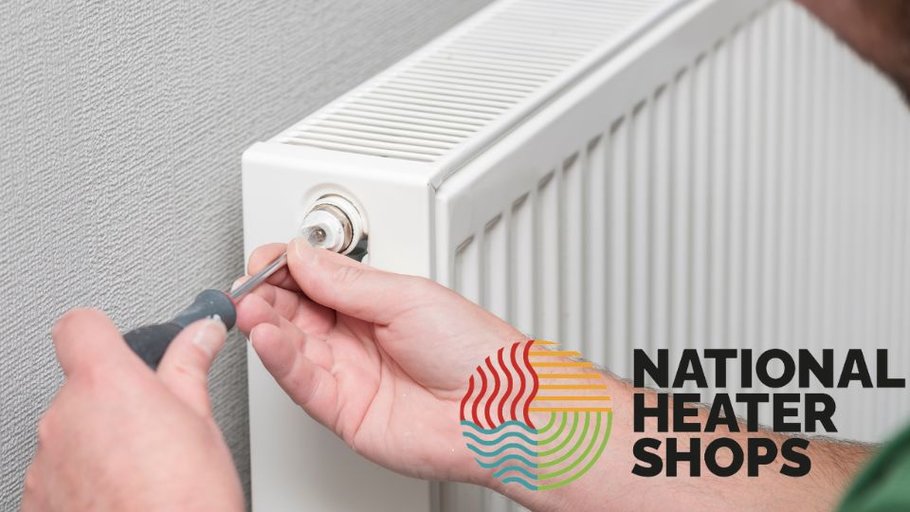Does Heat Treatment Kill Bed Bugs?
A bed bug infestation is a nightmare to handle. These pests are stealthy, incredibly resilient, and can spread like wildfire. A female bed bug can lay up to 5 eggs daily and tend to move away from the main group to do so. This makes them almost impossible to find, and the issue can spread through your house. This article will tell you how best to deal with your pest problem quickly and effectively using pest control heaters.
How Does Bed Bug Heat Treatment Work?
Extreme temperatures dry up insects' bodies and kill them. Bed bugs are made up of proteins coded by their DNA. When exposed to very high temperatures of 50-52°C, their DNA begins to break down and doesn't function properly. When their insects' bodies can't create proteins, they die. Bed bugs and eggs die within 90 minutes at 48°C (118°F) or immediately at 50°C( 122°F ).
Why is Heat Treatment Better Than Chemical Treatment?
People have used chemical treatment for years now. However, many insects have adapted and developed resilience to many pesticides used to kill them.
Pesticides also can't kill bed bug eggs. Remember, bed bugs can lay five eggs per day per female. They can do this for roughly ten days before they need to feed again. If we're conservative and say there are only five females and it takes a week to exterminate them using chemicals, that's still 175 bed bugs waiting to hatch and infest your home!
It takes many visits to kill bed bugs with chemicals, and you must locate them for the best effect. Sprays can also cause skin irritation to people and pets, which isn't pleasant.
On the other hand, heat treatment is a one-time solution. The heat will kill bed bugs at every stage in their life cycle, including eggs. It's also safe for your home, as the heat is unlikely to affect anything like furniture. But, you will only need to remove things like candles and anything with a low melting point.
What Heater Do I Need?
As a rule of thumb, the bigger the area, the higher the capacity heater you will need. The Master Eko 9 Pest Control Heater is a fantastic option. This appliance draws in air through its base, heats it within the unit, and circulates it out the top. The cycle continues, increasing the air temperature by 15°C each time. The heater's large airflow and even distribution push hot air into the tightest spaces and crevices.
For more challenging spaces, you can pair the Eko 9 with a Master EKO 3. You can use the Eko 9 as your primary source of heat and an Eko 3 as a booster for small spaces that are harder to reach. This combination will be your best bet at fighting pests. Do not use gas heaters or steam heaters. These will introduce moisture into the air, aiding the bug's survival and potentially damaging your furniture.
Can I Use a Space Heater?
You can't use a standard space heater for bed bug heat treatment because they don't produce a high enough temperature. Even on the highest setting, the average space heater won't close to offering the minimum temperature to be lethal to bed bugs.
How To Prepare for Bed Bug Treatment
In preparation for heat treatment, you need to remove anything heat sensitive. Candles and other wax items won't last long. Treating one room at a time is the best practice for the best results. This way, you can move things to another room. Ensure that anything that you can open is open. These bugs like to hide in drawers, cabinets, and bins. Cosy!
Time to Heat!
You've prepared the room and acquired the needed equipment, so it's time to start heating. First, connect the temperature sensor to the unit and place it in the coldest spot in the room. Doing this will ensure the heat is at a suitable temperature throughout. Next, you can plug an Eko 3 can into the wall with a 240V power supply. The Eko 9 requires a 400V 3-Phase power supply, which you can source with a generator.
Once the units are powered and in place, switch them on and leave the room. Take the temperature display with you to monitor the progress from outside. Seal the door as well as you can with some tape to ensure the heat, and the bugs, can't escape the room. Wait at least two hours to ensure it has time to kill all the bugs.
Rinse and repeat for the next room.
